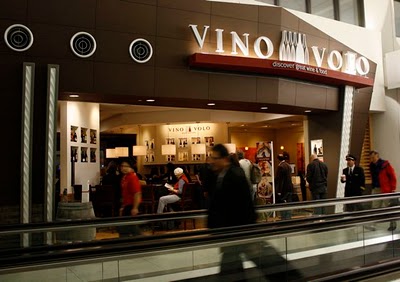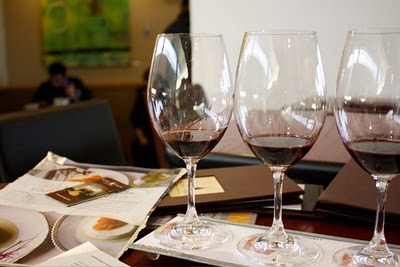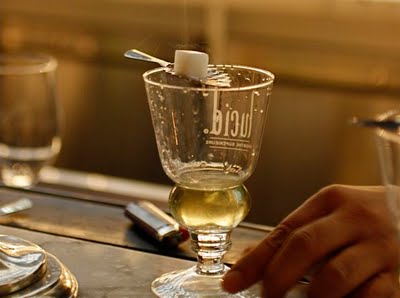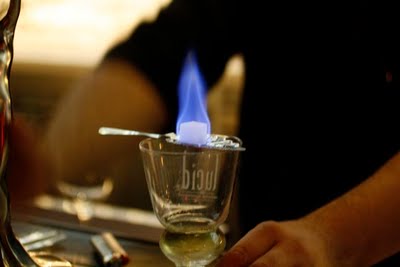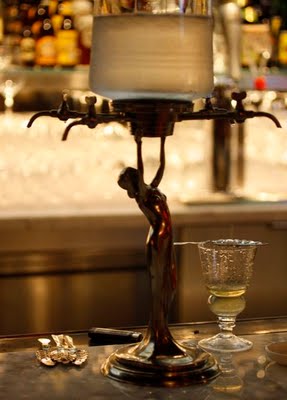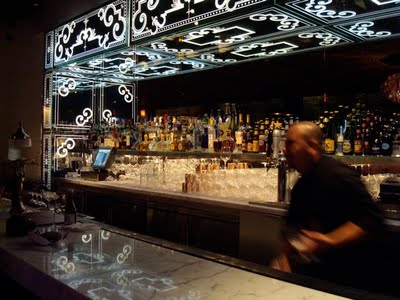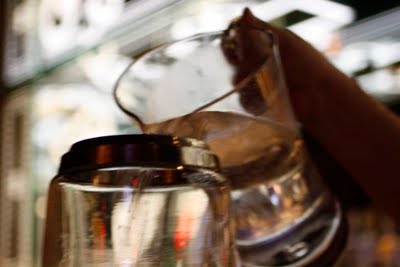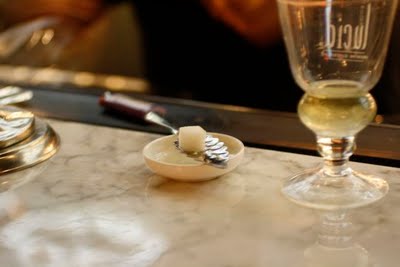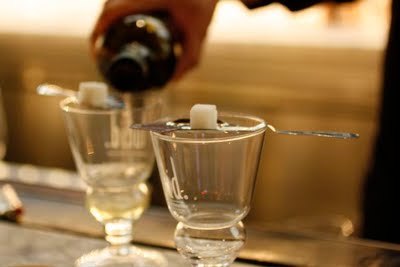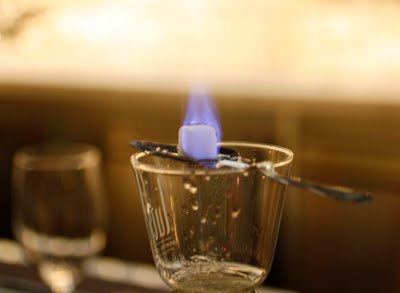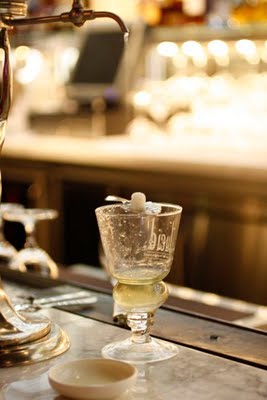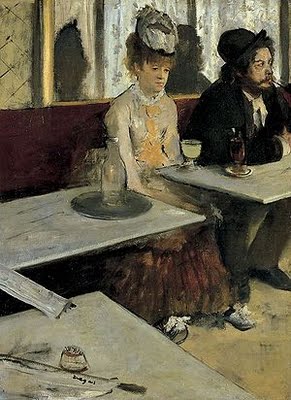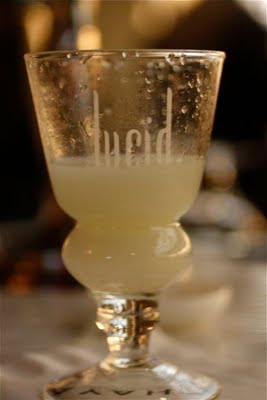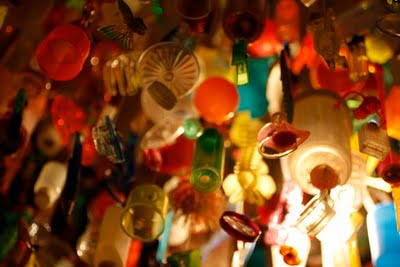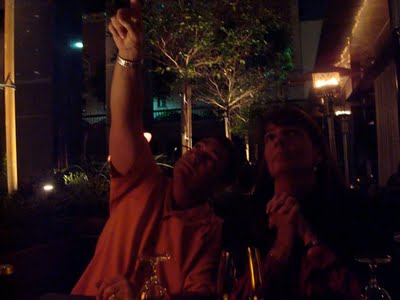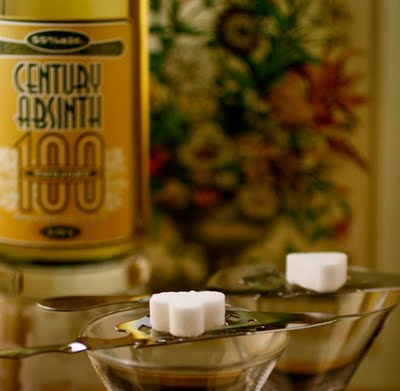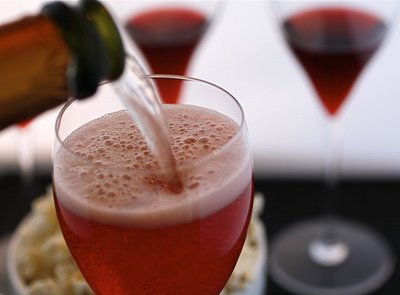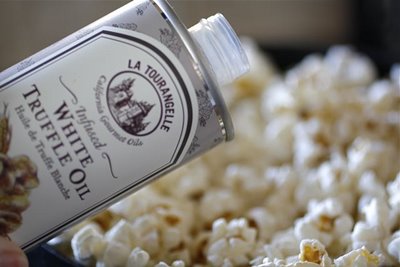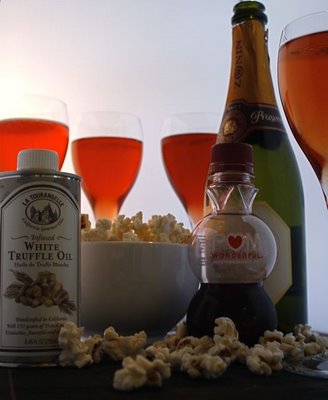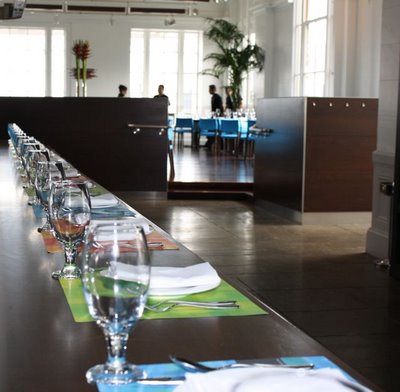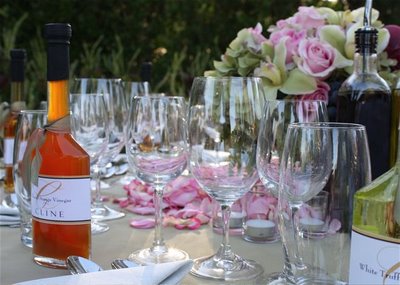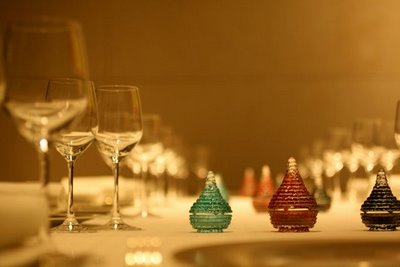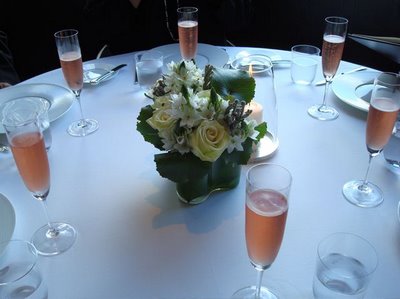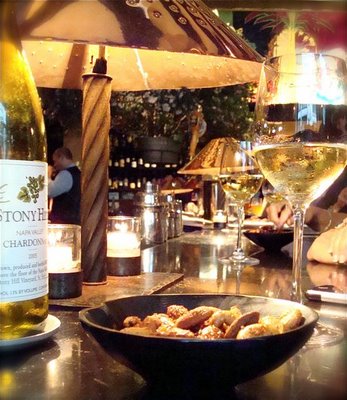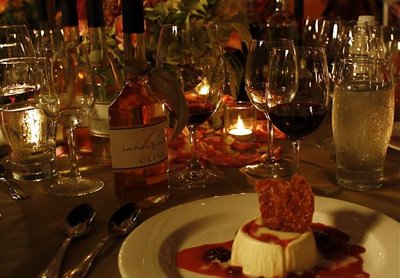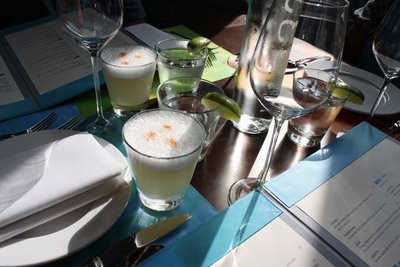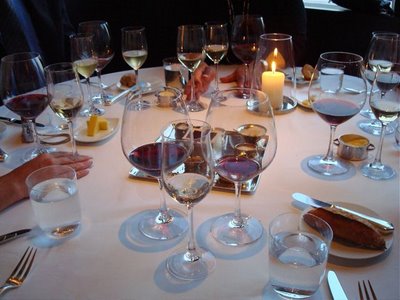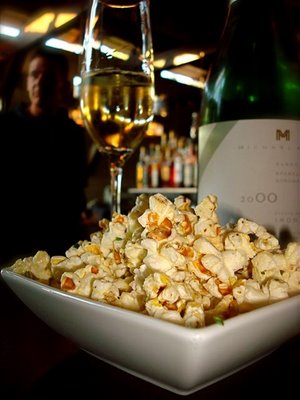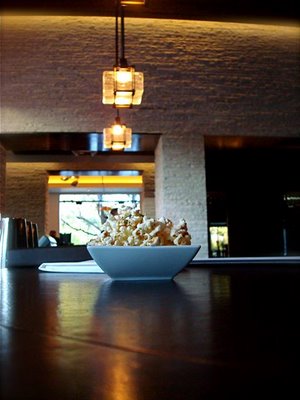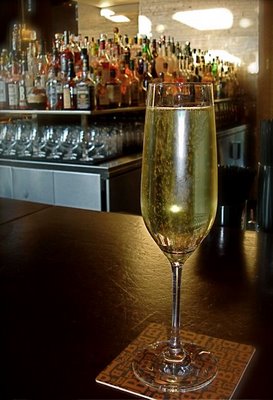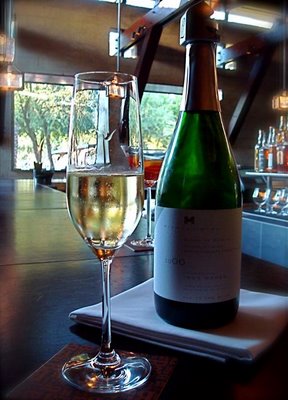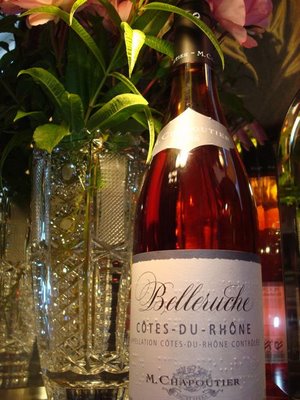
M. Chapoutier Belleruche Côtes du Rhône Rosé 2006
A gorgeous mix of aromas and flavors of cranberry and dark tart cherry.
Surprisingly complex, with a dry intriguing peppery finish.
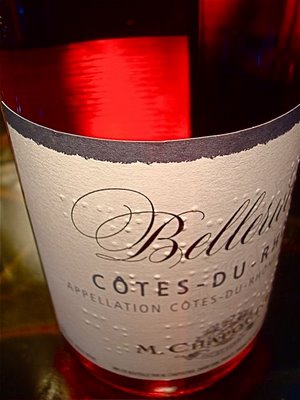
Established in 1808 in France’s Rhone region, Maison Chapoutier has been passed from father to son to grandson. All of their wine labels have been embossed in Braille since 1996.
Maurice de la Sizeranne (1857 – 1917) President of the Association of the Blind in France and owner of the famous La Sizeranne vineyard in Hermitage, was blind since age 9. He was the inventor of the first version of abbreviated Braille.
M. Chapoutier’s trademark pays tribute to this man while making sure their wines are accessible to people who are blind.
In Sizeranne’s book “The Blind as Seen Through Blind Eyes” (Putnam, 1893), he asks, “May not we be instrumental in giving hope and happiness to those who are less fortunate than we, by aiding them to become self-sustaining?” Over three quarters of a century after Monsieur Sizeranne’s passing, it would know doubt would please him that this producer is doing just that. The Braille label provides the following information:
- M. Chapoutier
- Appellation
- Name of the Wine
- Vintage
- Color
